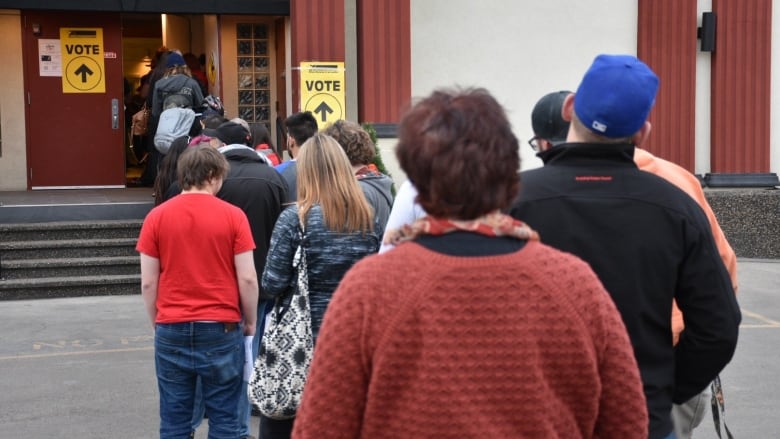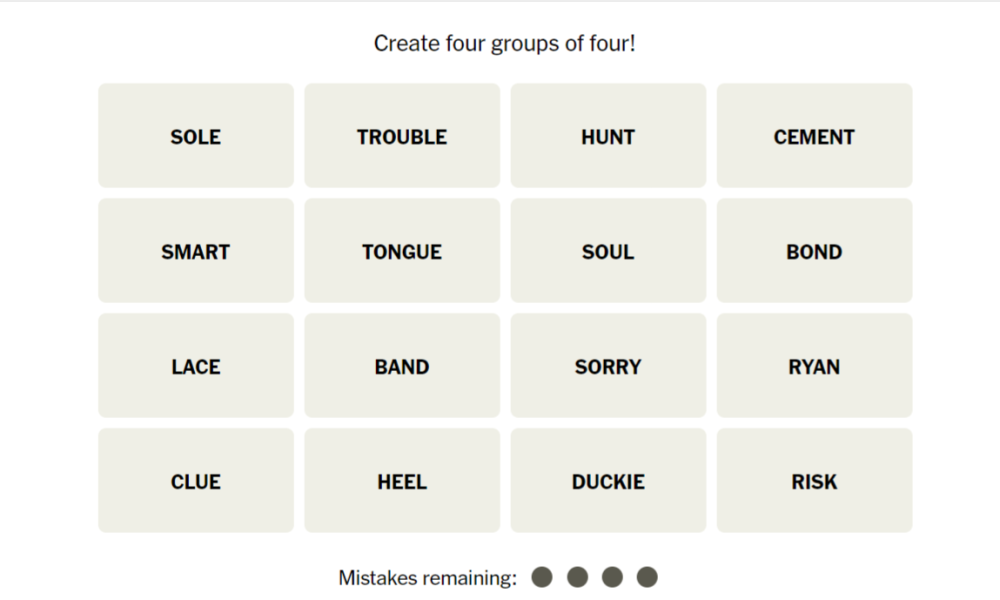How Federal Riding Redistribution Will Impact Edmonton Voters

Table of Contents
Understanding Federal Riding Redistribution
Federal riding redistribution is a decennial process mandated by the Constitution to ensure that each Member of Parliament (MP) represents a roughly equal number of Canadians. This is vital for maintaining the principle of "one person, one vote." The process involves adjusting electoral district boundaries—also known as ridings or constituencies—to reflect population changes revealed by the national census. Population shifts, particularly significant growth in some areas like Edmonton, necessitate these adjustments.
Key terms to understand include:
- Electoral District: A geographically defined area that elects one MP to the House of Commons.
- Riding: A common term used interchangeably with electoral district.
- Constituency: Another term for electoral district, often used to refer to the group of people represented by an MP.
The redistribution process itself is designed to be independent and transparent. It usually involves independent commissions which hold public consultations to gather feedback from communities on proposed changes. The goal remains consistent: to maintain approximately equal voter representation per MP across the country.
- Population shifts in Edmonton necessitate redistribution.
- The process involves independent commissions and public consultations.
- Goal is to maintain approximately equal voter representation per MP.
Projected Changes to Edmonton's Ridings
Edmonton is expected to see alterations to its federal ridings as a result of the redistribution. The exact number of changes remains to be seen, but projections suggest a potential increase or decrease in the total number of ridings within the city limits. This could involve:
- Splitting existing ridings: Large ridings might be divided to create smaller ones with more manageable populations.
- Merging ridings: Smaller ridings, particularly those with declining populations, might be combined.
- Redrawing boundaries: Existing boundaries may be adjusted to account for population shifts within the city.
These boundary alterations will have significant geographic implications, potentially shifting neighbourhoods from one riding to another. While precise maps showing proposed changes aren't always released until later stages, it's important to follow official announcements for accurate information.
- Possible increase or decrease in the number of Edmonton ridings.
- Specific areas potentially affected by boundary shifts.
- Impact on existing ridings - splitting, merging, or redrawing.
Impact on Voter Representation
The redistribution will undoubtedly affect voter representation in Edmonton. Changes to riding boundaries directly impact who represents which communities and could alter the political balance of power. For example:
- Changes in demographics: Shifting boundaries might change the demographic makeup of individual ridings, potentially affecting the representation of specific ethnic groups, age groups, or socioeconomic classes.
- Competitiveness of ridings: Some ridings might become more or less competitive, potentially favouring particular political parties.
- Impact on minority groups: Redistribution may affect the representation of minority groups, either increasing or decreasing their influence within specific ridings.
- Effect on voter turnout: Changes might affect voter turnout and overall political engagement, depending on how the changes are perceived by affected communities.
Understanding these potential shifts is crucial for assessing how Federal Riding Redistribution Edmonton might alter the voices of various communities.
Implications for Edmonton's Political Landscape
The consequences of the redistribution extend beyond individual ridings. The overall political landscape of Edmonton will be reshaped. Federal political parties will adjust their strategies to navigate the new boundaries and demographic shifts.
- Shift in political party representation: The redistribution might shift the balance of power between political parties within Edmonton.
- Changes in power dynamics: The redistribution might strengthen or weaken certain parties’ representation in Edmonton.
- Impact on federal government policy: Changes in the political makeup of Edmonton’s ridings could influence the prioritization of issues relevant to the city at the federal level.
Conclusion:
Federal riding redistribution will significantly impact Edmonton voters. Changes to riding boundaries will affect who represents Edmontonians, leading to potential shifts in political power, voter representation, and the overall political landscape. It's vital to understand the implications of this process. Stay informed about the final approved maps and engage in the democratic process by understanding how Federal Riding Redistribution Edmonton will affect your vote and your voice in the next federal election. Learn more about the redistribution process and how to participate in upcoming consultations to ensure your voice is heard on how Federal Riding Redistribution will shape your community’s representation.

Featured Posts
-
 Mestarien Liiga Bayern Muenchen Inter Ja Psg Seuraavassa Vaiheessa
May 09, 2025
Mestarien Liiga Bayern Muenchen Inter Ja Psg Seuraavassa Vaiheessa
May 09, 2025 -
 127 Years Of Brewing History Ends Anchor Brewing Company To Close
May 09, 2025
127 Years Of Brewing History Ends Anchor Brewing Company To Close
May 09, 2025 -
 Bitcoin Seoul 2025 Networking And Innovation In Asia
May 09, 2025
Bitcoin Seoul 2025 Networking And Innovation In Asia
May 09, 2025 -
 Harry Styles Snl Impression Backlash The Full Story
May 09, 2025
Harry Styles Snl Impression Backlash The Full Story
May 09, 2025 -
 How To Watch Celebrity Antiques Road Trip A Complete Viewing Guide
May 09, 2025
How To Watch Celebrity Antiques Road Trip A Complete Viewing Guide
May 09, 2025
Latest Posts
-
 Nyt Strands Today April 12 2025 Clues Theme Hints And Pangram For Saturdays Wordle
May 09, 2025
Nyt Strands Today April 12 2025 Clues Theme Hints And Pangram For Saturdays Wordle
May 09, 2025 -
 Nyt Strands Game 376 Solutions Friday March 14 Hints
May 09, 2025
Nyt Strands Game 376 Solutions Friday March 14 Hints
May 09, 2025 -
 Nyt Strands March 12 2024 Game 374 Hints And Answers Guide
May 09, 2025
Nyt Strands March 12 2024 Game 374 Hints And Answers Guide
May 09, 2025 -
 Nyt Strands Game 374 Hints And Solutions For March 12
May 09, 2025
Nyt Strands Game 374 Hints And Solutions For March 12
May 09, 2025 -
 Nyt Strands Game 366 Hints And Solutions For Tuesday March 4
May 09, 2025
Nyt Strands Game 366 Hints And Solutions For Tuesday March 4
May 09, 2025
